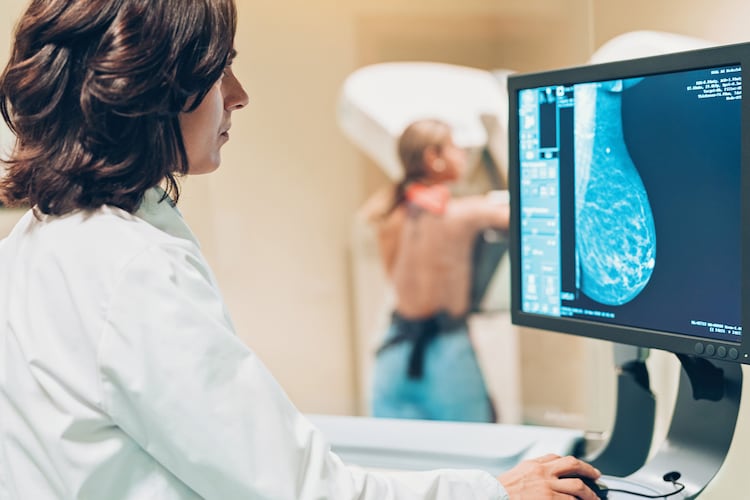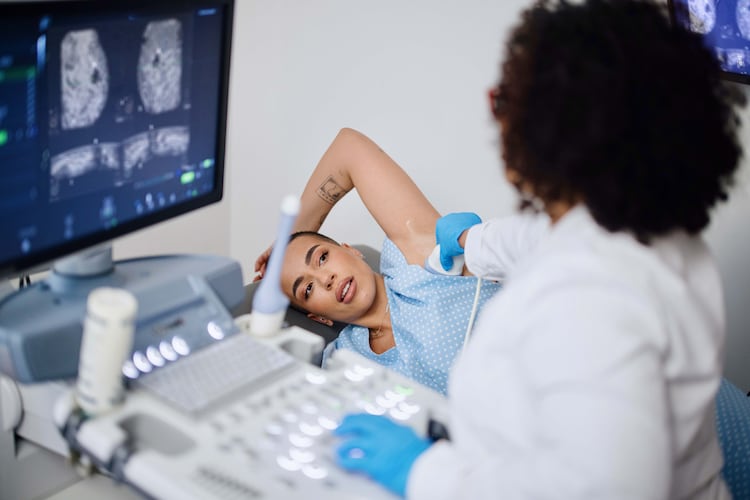Hina Khan diagnosed with breast cancer: Why is it so common among Indian women?
Hina Khan revealed that she has stage 3 breast cancer. Know here the possible causes, symptoms and treatment of breast cancer.

Actress Hina Khan has been diagnosed with stage 3 breast cancer, the most common cancer among women in India and around the world. In an Instagram post, she revealed that her treatment has begun.
“Despite this challenging diagnosis, I want to reassure everyone that I am okay. I am strong, determined, and fully committed to overcoming this disease,” she wrote in the post.
What is breast cancer?
Breast cancer is a disease in which malignant (cancerous) cells form in the breast tissue. It can occur in both men and women, although it is more common in women.
Risk factors include genetics, lifestyle, and environmental factors. Early detection and treatment are important for better outcomes and appropriate treatment.
What are the symptoms of breast cancer?
The symptoms of breast cancer include:
- Breast lump: This is often the first noticeable symptom.
- Changes in breast size or shape: Any unusual changes should be investigated.
- Skin changes: Pitting, redness, or flaking of the breast skin may be noticed.
- Nipple changes: It may look inverted, have discharge or be painful.
- Swelling or lump in the armpit: This may be a sign that cancer has spread to the lymph nodes.
How is breast cancer diagnosed?
- Breast Self-Examination (BSE): Individuals check their breasts for lumps or changes.
- Clinical Breast Examination (CBE): The healthcare provider checks for lumps or abnormalities in the breasts and armpits.
- Mammography: Breast X-ray to detect tumors or abnormalities.
- Ultrasound: This uses sound waves to make pictures of breast tissue, often used to check for specific areas of concern found on a mammogram.

- Magnetic resonance imaging (MRI): Magnetic fields and radio waves are used to make detailed pictures of the breast.
- Biopsy: Removing a small sample of breast tissue for examination under a microscope. This can be done in a variety of ways, such as fine-needle aspiration, core needle biopsy, or surgical biopsy.
- genetic testing: For individuals with a family history of breast cancer, testing can identify mutations in genes, such as BRCA1 and BRCA2, that increase the risk for breast cancer.
Treatment
Depending on the diagnosis, breast cancer can be treated in several ways.
It can be treated by surgically removing the tumor through lumpectomy or mastectomy. Radiation therapy, using high-energy waves, is also used to kill cancer cells. Chemotherapy involves the use of medications, while hormone therapy helps block certain cancer-promoting hormones.
Additionally, immunotherapy is done to boost the body’s immune system to fight cancer.
Why is breast cancer so common in India?
Indian women have a lower survival rate than Western countries. The incidence of breast cancer is increasing due to several factors.
According to Dr Pritam Kataria, Consultant, Department of Medical Oncology, Sir HN Reliance Foundation Hospital, since this type of cancer is highly prevalent, its age group is not clear.
Dr Kataria said, “It can occur in young women, middle-aged women and even older women. However, we need to understand that its increasing incidence is becoming a matter of great concern globally. Risk factors for breast cancer can be modifiable and non-modifiable.”

Early menarche and late menopause are non-modifiable risk factors, while obesity is modifiable risk factors.
“Not having children or having children at a later age is also one of the other risk factors. Smoking and alcohol also contribute to breast cancer,” Dr Kataria said.
The expert said that controlling diet, exercising, reducing stress, and avoiding smoking and alcohol (which are lifestyle factors) can reduce the incidence of breast cancer.
“These factors can be controlled,” he said.




